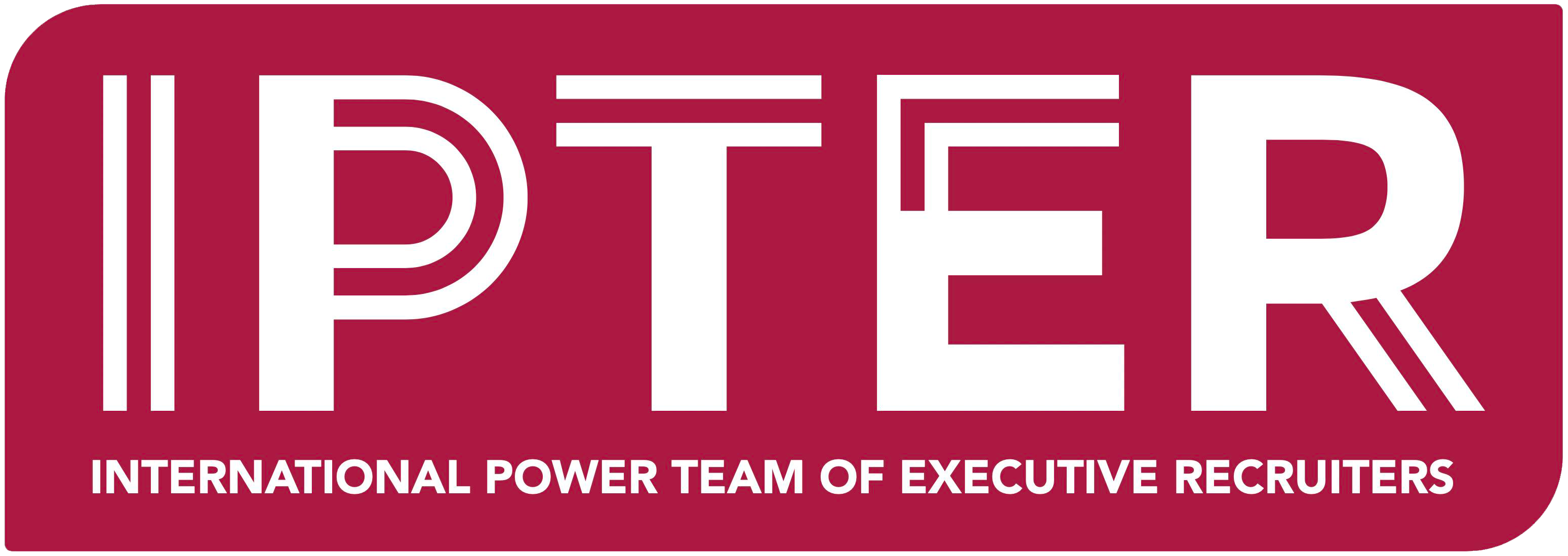What is Quiet Quitting, and why ignoring this trend could impact your organization’s productivity and culture?
Quiet quitting is not a new term-relatively speaking.
Coined in China at the start of 2021 as “laying flat,” it picked up traction on Tik Tok until it hit mainstream media.
With a new name.
“Quiet Quitting”
However, when every article defines quiet quitting differently, it can lead to confusion over how or if this trend will impact your organization.
So, what exactly is quiet quitting? What do you need to know, and how understanding this trend can help your organization prepare.
What is Quiet Quitting?
Think of quiet quitting as a movement- much like “The Great Resignation,” a post-pandemic trend that saw millions of people leave their positions.
Unlike resigning, however, quiet quitting is not about leaving as the title implies but instead deciding to create boundaries around life and work and not taking on additional tasks.
As Nita Chhinzer, a professor at the Gordon S. Lang School of Business and Economics says,
The great resignation forced companies to review their company culture-retention and recruiting programs.
Quiet quitting legitimizes workers’ concerns about how work fits into their lives and empowers employees to reel in overworking to find balance.
And it forces employers to take it all seriously.
Why is it taking off now?
Every “quiet quitter” has their own personal reasons…
Many employees became acutely aware that despite working long hours or overachieving on goals, going above and beyond was not recognized or rewarded.
Some employees were the opposite; they ran themselves into the ground with work, so taking a step back becomes part of their rehabilitation.
While others have scaled back as a preventive strike against looming burnout or have discovered a passion/side gig outside of work.
Whatever the reason behind the decision it can have far reaching effects for the employee’s career, as the behaviour won’t go unnoticed.
Employees can be perceived as heading in a downward spiral, especially if, in the past, they over-extended themselves.
What is the impact on organizations?
Organizations must recognize that quiet quitting will bring with it a ton of new challenges.
Such as high levels of job dissatisfaction, disengaged staff, uneven workloads across employees and declining productivity.
The key is for management to recognize the “signs” associated with quiet quitting.
An employee who is possibly quietly quitting may:
If asked to take on an extra scope beyond their job description will most likely say no.
When confronted with a new, tight deadline, they will tell their manager what existing work will need to be handed to colleagues if they are to get the job done on time.
If called on to assist another team member struggling with a heavy workload, the request falls on deaf ears.
Quiet quitters will leave the office on time, refuse to play “catch-up” during the lunch break, avoid answering calls after hours and stay well away from their overflowing inboxes once they have clocked off.
How should organizations react?
recession risk:
Quiet quitting has gone viral during times of great uncertainty in the labour market.
With steep competition for talent and more jobs than workers throughout the economy, employees have had the upper hand over their managers.
But that may change.
According to a recent Bloomberg report:
That doesn’t mean organizations should ride it out until the scales are tipped in their favour.
Communication is Key!
Instead, companies should ensure that their culture is centred around open and honest communication that values employees.
According to Forbes magazine, it is one of the most important considerations when deciding where to work:
Remember that trends should be viewed as opportunities to review your organization’s culture, communication, and retention strategies and ensure they are on point.
It’s September! Are you planning on creating a recruitment strategy or have a difficult hire? We can help! Let’s chat.

